We have much more to do and your continued support is needed now more than ever.
Restoration Successes in America’s Everglades
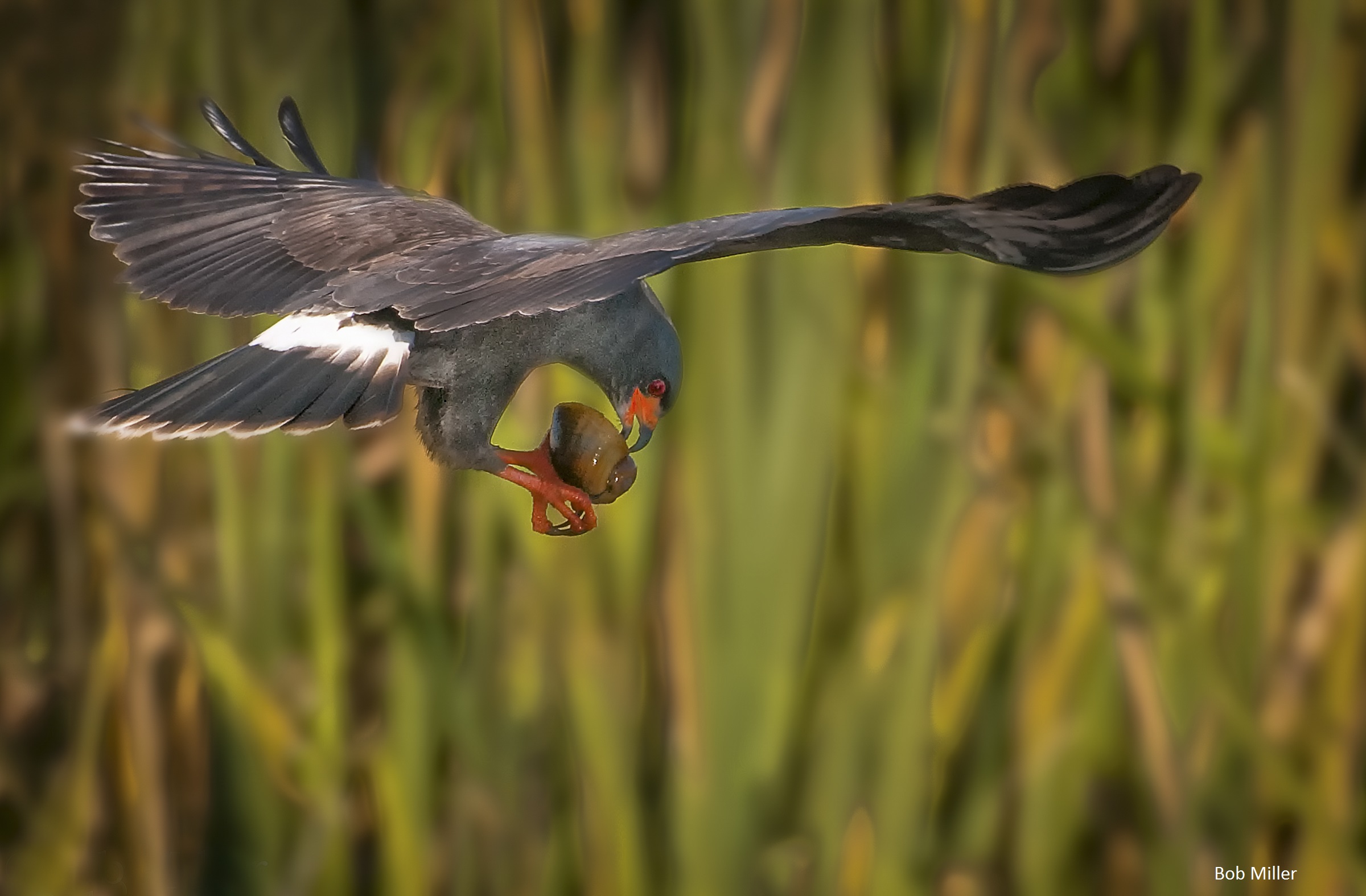
In Florida, everything runs on clean water. It keeps our economy afloat, draws tourists to beaches, fuels freshwater springs, delivers drinking water to homes, and sustains Florida’s vibrant fish and wildlife. In South Florida, the health of the Everglades is directly tied to our water quality. Thanks to recent record investments, we are at a moment of unprecedented momentum towards achieving comprehensive Everglades restoration and safeguarding the economic, cultural, and ecological benefits of this national treasure. Projects decades in the making are coming online and construction is being jumpstarted on critical projects like the Everglades Agricultural Area reservoir.
A River of Grass:
America’s Everglades is called the “river of grass” for a reason. The slow-moving, rain-fed sheet of water that is the Everglades once covered roughly 11,000 square miles, with source waters stemming from the Kissimmee Chain of Lakes and flowing into Lake Okeechobee in the center of the state. From Lake Okeechobee, water historically flowed slowly south through what is now Everglades National Park and into Florida Bay and the Florida Keys, as well as to estuaries on the east and west coasts.
This created a unique patchwork of mangrove forests, sawgrass meadows, estuaries, continuous seagrass meadows, and some of the oldest cypress trees in the world. In fact, it is the only place in the world where the American alligator and crocodile coexist in the wild.
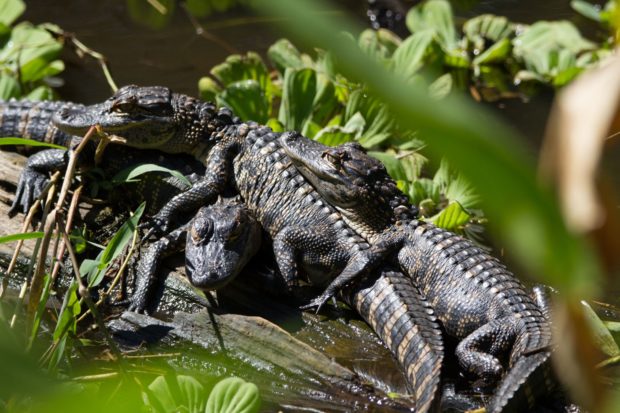
Unfortunately, a century spent draining the Everglades for development and agriculture have unbalanced the flow of water through this historic ecosystem. As a result, the natural path of water originally flowing south from Lake Okeechobee has been cut off from Everglades National Park. Instead, it has been redirected to the east and west coasts through the St Lucie and Caloosahatchee estuaries. Today this once vast system is now half its original size, and water isn’t where it should be at the right times.
When Lake Okeechobee water levels rise during the wet season, water managers must pump the nutrient-rich polluted water into our coastal estuaries where it fuels toxic algae blooms that kill fish and wildlife, close businesses, and impact public health. Recurring toxic blue-green algae outbreaks coupled with the worst red tide in over a decade, have severely impacted Florida’s wildlife, economy, and public health.
The Sanibel and Captiva Chamber of Commerce and Fort Myers Beach Chamber of Commerce reported combined losses of $87 million between July-December 2018; an estimated 4.4 million pounds of dead marine life were removed from Lee County beaches between June-September 2018; and in August 2018, blue-green algae discharged into the St. Lucie River from Lake Okeechobee was nearly 50 times too toxic for human contact.
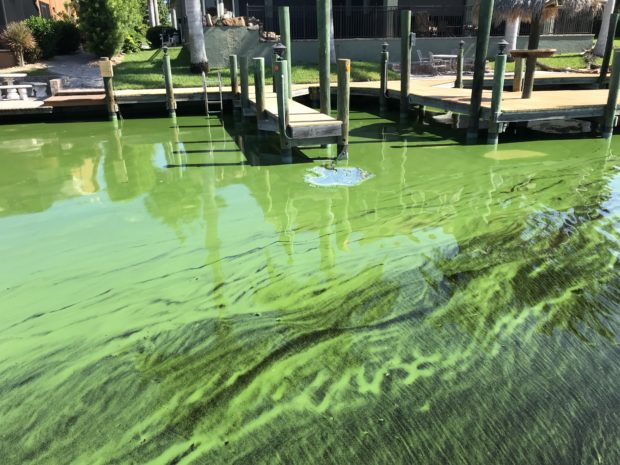
The system also struggles in times of drought. March 2020 was the driest on record in nearly 90 years, prompting widespread fires across the state. Though fires occur naturally in the Everglades, prolonged drought like this allows fires to burn too hot and quickly, killing mature cypress trees, burning up peat, and releasing carbon into the atmosphere. When water isn’t where it needs to be at the right times, it also reduces nesting habitat for birds like snail kites and impacts nesting behaviors for threatened wood storks, causing them to wait too long to start nesting.
Compounding all of this, a recent Supreme Court decision has also opened up over half of the Everglades’ remaining wetlands to the threat of unregulated pollution and destruction, including 81% of Big Cypress.
Roadmap to Restoration:
The bipartisan plan to restore America’s Everglades, the Comprehensive Everglades Restoration Plan, was signed into law in 2000 and is among the most ambitious ecosystem restoration project in history. In the 23 years since, the state and federal governments have worked together to design, authorize, build, and maintain a suite of restoration projects designed to provide the “river of grass” with clean freshwater in the right places at the right time.
Today, as restoration projects begin to come online, America’s Everglades is beginning to recover.
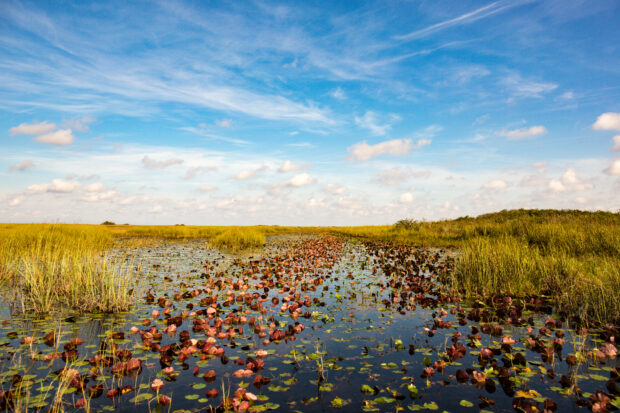
Restoration Successes:
Starting upstream, the Kissimmee River Restoration Project is now complete, restoring 40 miles of the river and floodplain and almost 25,000 acres of wetlands. Fed by rainfall, the historic Kissimmee River once meandered across a one to two-mile wide floodplain for over 100 miles through central Florida, forming the headwaters of the greater Everglades ecosystem.
The river was channelized and straightened in the 1960s, reducing its length by half and destroying much of the floodplain-dependent ecosystem that formed the headwaters of Lake Okeechobee and the Everglades.
More than 90 percent of the waterfowl that once thrived in these wetlands disappeared, the number of bald eagle nesting territories decreased by 70 percent, and bass fisheries were lost. After two decades, construction to re-carve new river channels to replicate its natural path and remove water control structures are now complete. Continuous water flow has been established once again to 24 miles of the meandering Kissimmee River. As a result of this restoration success, birds like egrets, ibises, storks, and herons have flocked back, water quality has improved, and largemouth bass have returned.
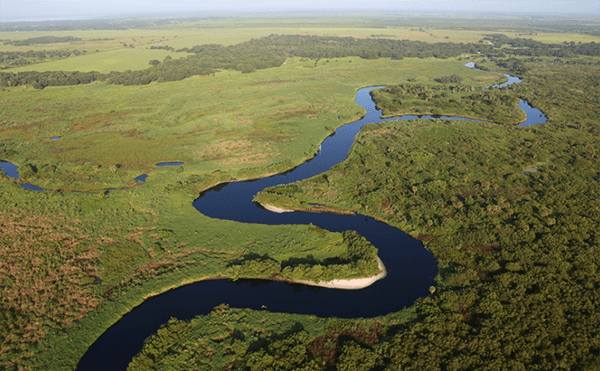
On the east coast, the Indian River Lagoon is one of the most biodiverse estuaries in the country. Home to over 4,000 plant and animal species and five National Wildlife Refuges, this northern estuary of the Greater Everglades has been repeatedly harmed by pollution and unnaturally large freshwater discharges from Lake Okeechobee.
In 2021, the C-44 Reservoir and Stormwater Treatment Area came online, creating over 6,000 acres of new wetlands to improve water quality and ecosystem health of the lagoon while simultaneously enhancing the economy and public health of nearby communities.
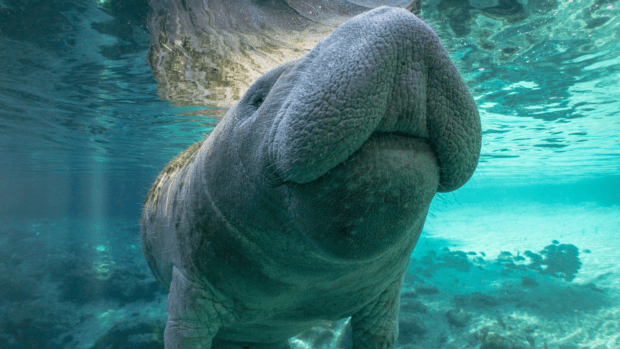
In the heart of the Everglades, groundbreaking has just begun on construction of a critical restoration project, the Everglades Agricultural Area Reservoir. This is a massive step forward for Everglades restoration. Once built, this reservoir south of Lake Okeechobee will store polluted water from the lake and clean it through a stormwater treatment area. Instead of pumping polluted water out to the east and west coasts, it will allow water to be sent south to rehydrate the Everglades and restore the freshwater balance to Florida Bay.
Together with other projects, it will reduce the damaging discharges of polluted Lake Okeechobee water by 55% and will send roughly 370,000 acre-feet of clean water south to the Everglades and Florida Bay each year.

Another recently completed Everglades restoration project is the Taylor Slough Flow Improvement Project, which will move more freshwater south to Florida Bay, where it is desperately needed. Taylor Slough is in the southeastern part of Everglades National Park and was historically a major contributor of freshwater to Florida Bay. In the 1920s, the flow of freshwater was cut off from Taylor Slough by the construction of a highway.
The duration, timing and extent of wetland inundation of Taylor Slough’s interconnected wetlands and freshwater flows through Florida Bay are a critical component of the Everglades ecosystem. This project involved installing culverts to allow water to flow under the highway, moving more freshwater south on its natural path through Everglades National Park to Florida Bay.
Help Spread the Word:
Record funding for the Army Corps of Engineers, including through the Bipartisan Infrastructure Investment Act, has allowed them to work with state partners to expedite the completion of restoration and water infrastructure projects that improve water management across the Everglades and South Florida.
In order to continue this momentum and keep Everglades restoration on track, Congress must fully fund the Army Corps South Florida Ecosystem Restoration efforts in fiscal year 2024.






















